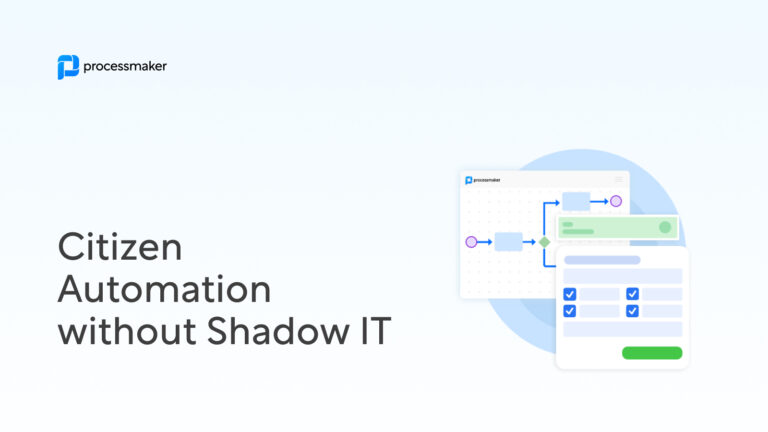Following a year full of unexpected and unprecedented challenges, we can expect to see some exciting developments within the telecom industry in 2021. The pandemic has accelerated the rate of digital transformation across industries, and telecom is no exception.
Telecom organizations will continue to invest heavily in telecom automation technologies. 5G and the Internet of Things (IoT) will lead the telecom automation charge, allowing providers to offer innovative new services while improving operational efficiency and reducing costs. Secure Access Service Edge solutions will play an important role in an economy that increasingly relies on remote work models. And Network Functions Virtualization will provide scalable and cost-effective network solutions.
Telecom’s 5G future
Last year, Gartner forecasted that 5G network infrastructure market revenue would double in 2020 to reach $8.1 billion. The COVID-19 pandemic slowed investment growth rates a bit, but Gartner anticipates that rates will rebound in 2021. Communication service providers (CSPs) will seek to take advantage of an increased public reliance on communication networks. By 2023, Gartner estimates that 15% of CSPs will operate stand-alone 5G networks that do not rely on 4G technology.
5G offers significant benefits, like reduced latency, cost reduction, increased capacity, and simultaneous device connectivity. 5G also expands internet coverage to areas that have historically lacked coverage options since signals are delivered wirelessly instead of DSL or cable, giving rural communities access to high-speed internet.
More than that, 5G networks allow manufacturing and telecom organizations to take advantage of cutting-edge technologies like automation, artificial intelligence, and the Internet of Things (IoT). In 2021, expect telecom providers to continue to find new ways to expand 5G offerings to the masses while organizations will seek to increasingly implement 5G technologies into their workflows.
Internet of Things
Gartner defines the Internet of Things (IoT) as a “network of physical objects that contain embedded technology to communicate and sense or interact with their internal states or the external environment.” With IoT, telecom industries can improve their processes and tap into new revenue streams. For example, experts estimate that IoT will generate an estimated $1.8 trillion revenue for mobile network operators by 2026.
In terms of operations, telecom providers can leverage IoT technology in many ways, including:
- Providing enhanced location services using mobile networks.
- Enable real-time equipment monitoring.
- Enhance security at office locations and remote sites.
- Gather data and generate analytics and prediction models.
- Enable machine-to-machine communication through low power WAN.
To benefit from IoT opportunities, telecom organizations must figure out ways to monetize IoT solutions and to implement telecom automation to improve efficiency and reduce costs.
Telecoms fortifying security with SASE
More organizations than ever have adopted some form of remote work arrangements, typically using virtual private network (VPN) solutions. Yet VPNs are prone to vulnerabilities, as well as availability and performance issues. One solution that overcomes these limitations is Secure Access Service Edge (SASE).
SASE (pronounced “sassy”) is the core network and security infrastructure of an organization as opposed to a remote access solution. Gartner, responsible for coining the term, describes SASE as combing “network security functions (such as SWG, CASB, FWaaS and ZTNA) with WAN capabilities (i.e., SDWAN) to support the dynamic secure access needs of organizations…with the ability to identify sensitive data or malware and the ability to decrypt content at line speed, with continuous monitoring of sessions for risk and trust levels.”
SASE will become increasingly popular within the next few years. According to Gartner’s 2019 report The Future of Network Security in the Cloud by 2024 at least 40% of enterprises will have explicit strategies to adopt SASE, up from less than 1% at the end of 2018. SASE security models offer many benefits, including increased flexibility, reduced costs, simplification of IT infrastructure, improved performance, and enhanced data protection.
Network Functions Virtualization (NFV) Orchestration (NFVO)
NFV is essentially a way of virtualizing network services that have traditionally required hardware. NFV services are packaged as virtual machines, allowing telecom service providers to run networks on standard servers. This eliminates the need to invest in dedicated hardware to support network functions.
Since NFV utilizes diverse virtualized resources, it typically requires orchestration. Orchestration “coordinates, connects, monitors, and manages the necessary resources from the platform for the NFV services.” Common NFVO functions include:
- Service coordination. The orchestration software communicates with the NFV platform to create a virtual instance of the service.
- Scaling services. Orchestration software must locate and manage resources to deliver the service.
- Service chaining. Allows a service to be cloned and multiplied for one or many customers.
- Service monitoring. Ensures that the platform can provide good service.
NFV and orchestration offers new ways to build complex IT applications. Moreover, NFV reduces the costs of building networks, reduces operating costs, offers unmatched flexibility, and accelerates time to market.
ProcessMaker offers a low-code business process management (BPM) platform that helps telecom organizations to automate their processes and service offerings.





